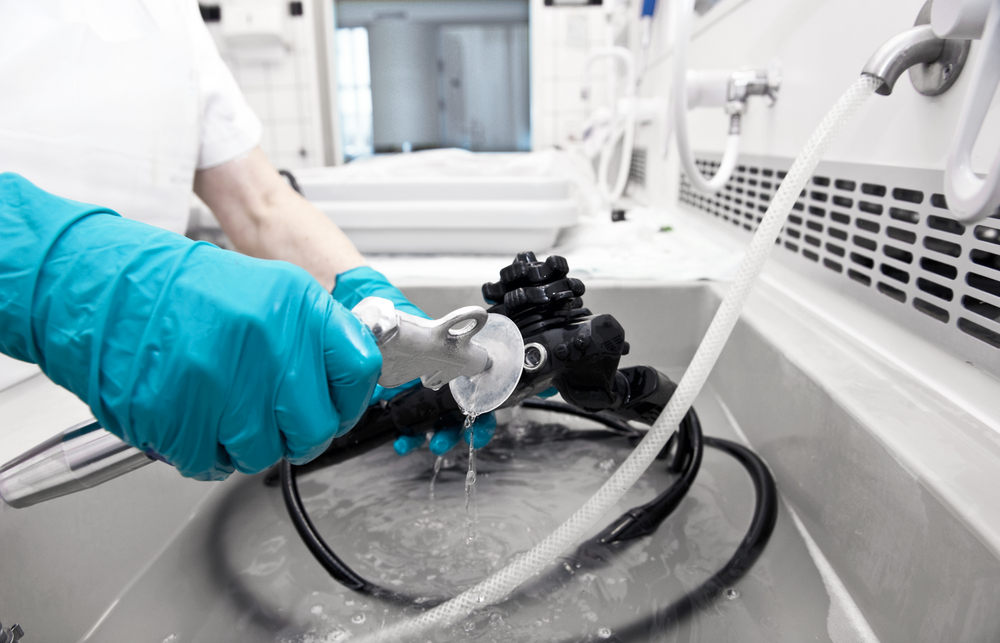As Ebola's grasp spreads across the globe, the risks of thedeadly disease begin to extend beyond the healthcare realm intoliability, contamination issues, pollution, life insurance andbusiness interruption to name a few. While hospitals arere-examining their protocols to protect staff and patients, anybusiness associated with hospitality such as transportation,hotels, and the like will be examining their duty of care for theircustomers.
|“Every healthcare facility will double-check procedures and beoverly cautious to avoid contaminating and infecting patients andstaff,” says Randy Nomes, executive vice president with Aon RiskSolutions.
|Nomes says the insurance impact won't be significant initially,but that travel disruption could become an issue, and businesses inthe healthcare and hospitality industries will begin to look atrisks and changes in procedures. “They may look at insurancesolutions similar to what we have for bedbugs and traveldisruption. There are already some products available to addressthese issues and there may be some existing products that can coverissues related to Ebola.”
|He recommends that claims managers review various “what if”scenarios to see which areas could be impacted. Because someclients are already beginning to ask about specific coveragesolutions, insurers need to think proactively. “Develop a checklistof coverages and possibilities,” Nomes says.
|Communication will be critical for insurers. If Ebola starts toappear in random locations and cities, it may affect more peopleand force them to change their behavior. Insurers need tocommunicate both internally and externally about how to handlethese changes and their impacts.
|Aon has been communicating with its clients on a regular basisthrough white papers, information on frequently asked questions,and travel advisories. “Review your procedures and go through yourcommunications strategy and any restrictions you want to impose ontravel,” Nomes advises. “Most companies have this in place, theyjust haven't thought about it in the context of Ebola.”
|Business continuity is another issue for insurers and theirclients. Nomes says businesses should look at how they could beimpacted by the virus (e.g., loss of workforce, availability ofproducts, etc.), check the insurance and redundancies they alreadyhave in place, and examine the possible financial impacts andexisting procedures. One question to consider is how informationwould be disclosed both internally to employees and publicly toclients if someone is impacted by the virus.
||
After the exposure
|What also comes into play are the restoration and cleaning ofenvironments exposed to individuals who knowingly or unknowinglycarried the Ebola virus. The U.S. does not have a national standardthat dictates how environments should be cleaned after exposure toa biological contamination event.
|How cleaning is handled in the wake of an exposure has changed.Mechanical cleaning is faster, safer and far more effective thanhand cleaning, but there is no equipment approved by the governmentfor use in these situations.
|Halden Shane, M.D., CEO and chairman of the board of TOMIEnvironmental Solutions, has successfully used his decontaminationequipment in foreign countries against viruses like the Middle EastRespiratory Syndrome (MERS) and noroviruses, but it has not beenapproved for use against the Ebola virus.
|“The government hasn't approved this technology to be used inthese situations,” explains Shane. “If you don't test it in a lab,you can't get the approval, but labs won't allow the equipment tobe tested for Ebola,” which creates a catch-22 situation.
|Shane says that understanding infection control and the properuse of personal protective equipment is critical. “Level 4infectious disease protocols should be used at a minimum by anyoneentering an environment where there has been Ebola.”
|The Centers for DiseaseControl and Prevention has a number of resources on theirwebsite detailing how to reduce the risk of exposure, safety issuesfor healthcare workers, travel advisories and infection controlrecommendations. Insurers and employers need to be aware of theexposure risks and understand what risk management strategies canbe employed to protect workers and clients.
|Vendors hired to clean areas exposed to the Ebola virus willneed to have the proper insurance and training for working in ahigh risk environment. Many soft goods such as linens and somefurnishings will not be able to be effectively cleaned. They willneed to be bagged and incinerated, then transferred and disposed ofoffsite. This creates exposures in the transportation of hazardousmaterials.
|Since pollution exclusions usually don't apply to a virus, it isunlikely that they would be triggered for an Ebola exposure saysDavid Dybdahl, president of American Risk Management ResourcesNetwork, LLC. However, carriers could become liable for thecleanup and restoration of properties following an exposure to theEbola virus.
|While the dangers are very real, insurers can help their clientsassess their risk and examine their existing policies to see whatlosses are already covered and what strategies can be employed tominimize any exposures.
|Want to continue reading?
Become a Free PropertyCasualty360 Digital Reader
Your access to unlimited PropertyCasualty360 content isn’t changing.
Once you are an ALM digital member, you’ll receive:
- All PropertyCasualty360.com news coverage, best practices, and in-depth analysis.
- Educational webcasts, resources from industry leaders, and informative newsletters.
- Other award-winning websites including BenefitsPRO.com and ThinkAdvisor.com.
Already have an account? Sign In
© 2024 ALM Global, LLC, All Rights Reserved. Request academic re-use from www.copyright.com. All other uses, submit a request to [email protected]. For more information visit Asset & Logo Licensing.








